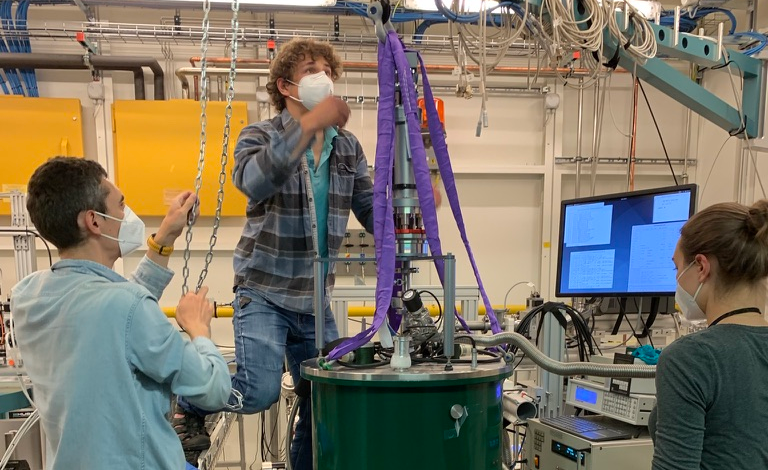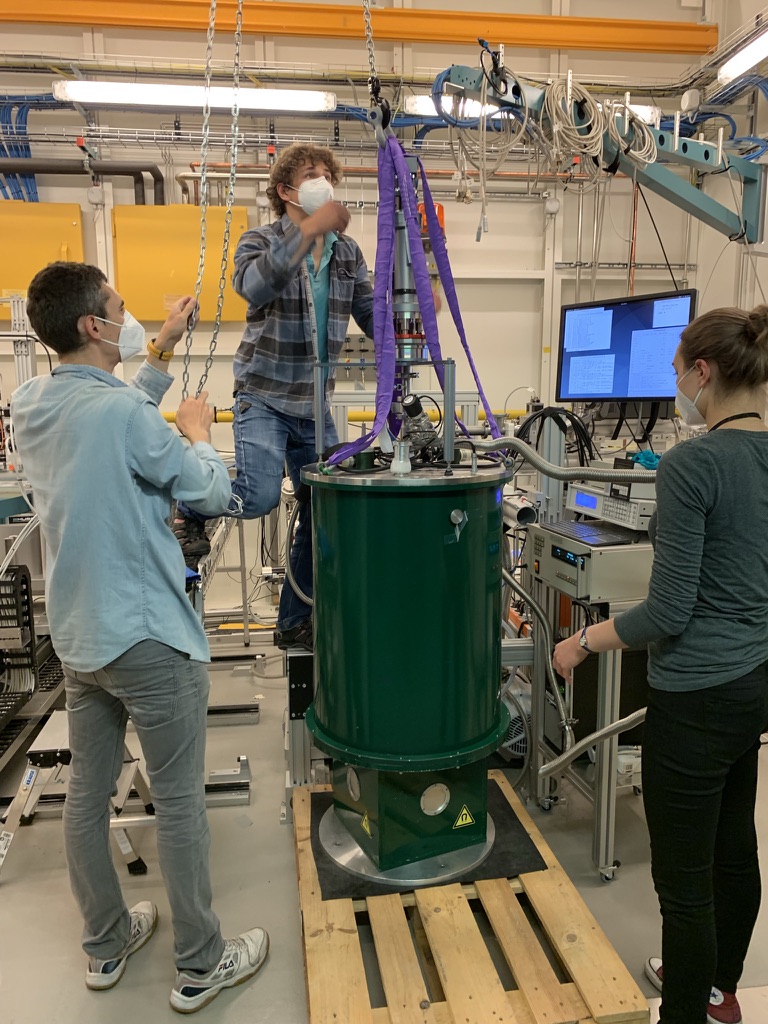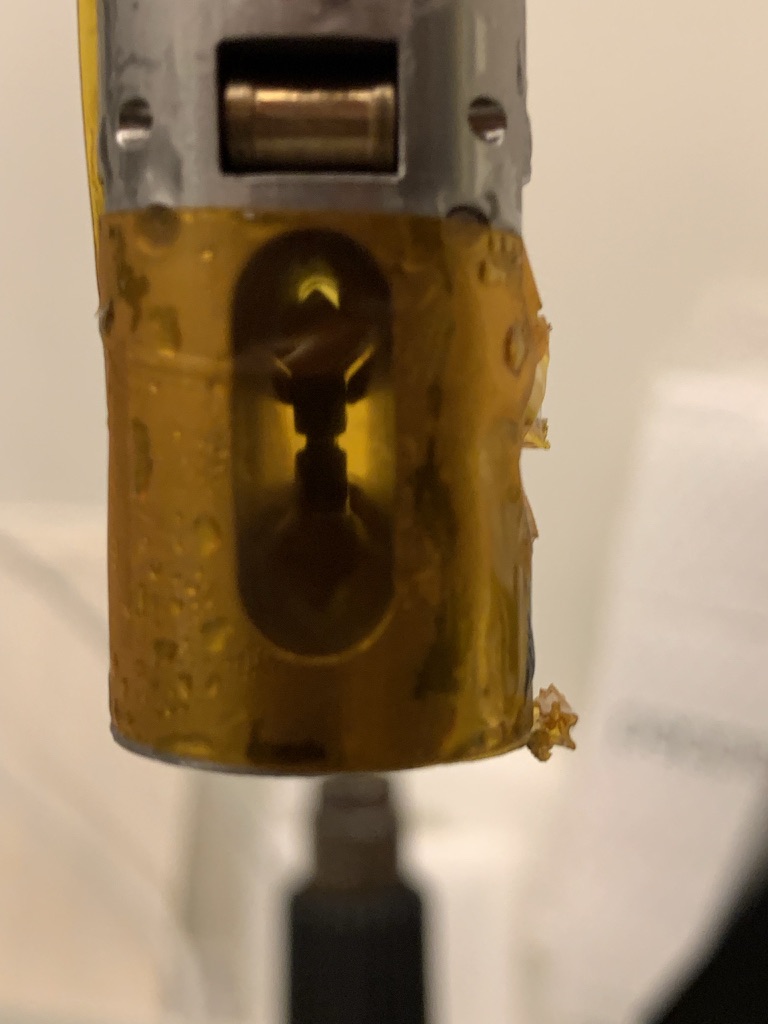New strain cell for neutron and x-ray scattering
A collaboration between the groups of Profs. Chang and Janoschek and the PSI, has developed a novel strain cell that can be combined with high-resolution synchrotron diffraction techniques allowing to change the strain of a quantum material in-situ while directly observing the lattice symmetry.

“Quantum matter” is any novel phase of a solid with macroscopic and frequently functional properties that are characterized by underlying interactions that are inherently “quantum” in nature. These quantum matter states are of particular interest due to their potential for applications from power management and transmission to quantum computation and novel versatile sensors. Because quantum matter states typically emerge due to a delicate interplay of several atomic-scale interactions, it is often found that they can be tuned with great ease using external perturbations. Recently, a series of astonishing new results have established uniaxial pressure (or strain) as a relevant new tuning parameter that allows to reveal novel quantum states. Notably, strain has been used to stabilize topological magnetic phases, to probe the symmetry of unconventional superconducting pairing and electronic nematic states. Here a key question is whether the application of strain results in symmetry breaking of the underlying chemical lattice, or if new broken symmetries arise solely in spin or charge channels.
To answer this question, in a collaboration between the groups of Profs. Chang and Janoschek and the Paul Scherrer Institute (PSI), we have developed a novel strain cell that can be combined with high-resolution synchrotron diffraction techniques. This cell allows to change the strain of a quantum material in-situ while at the same time directly observing the lattice symmetry. To realize this new cell a successful technical collaboration between UZH and PSI emerged, led by Alex Bollhalder (PSI, LIN Mechanical Engineering) and Reto Maier (UZH, workshop Physik Institut). This new pressure cell has been commissioned in a first experiment at the P09 beamline at the PETRA-III synchrotron in Hamburg that was led by graduate student Julia Küspert (Chang group) and postdoc Gediminas Simutis (Janoschek group).

- Julia Küspert (right side) and Gediminas Simutis (middle) install the strain cell in the cryomagnet at the PETRA III beamline P09 supported by beamline scientist Oleh Ivashko (left).

- Close-up view of the strain cell with a sample isnstalled (center).